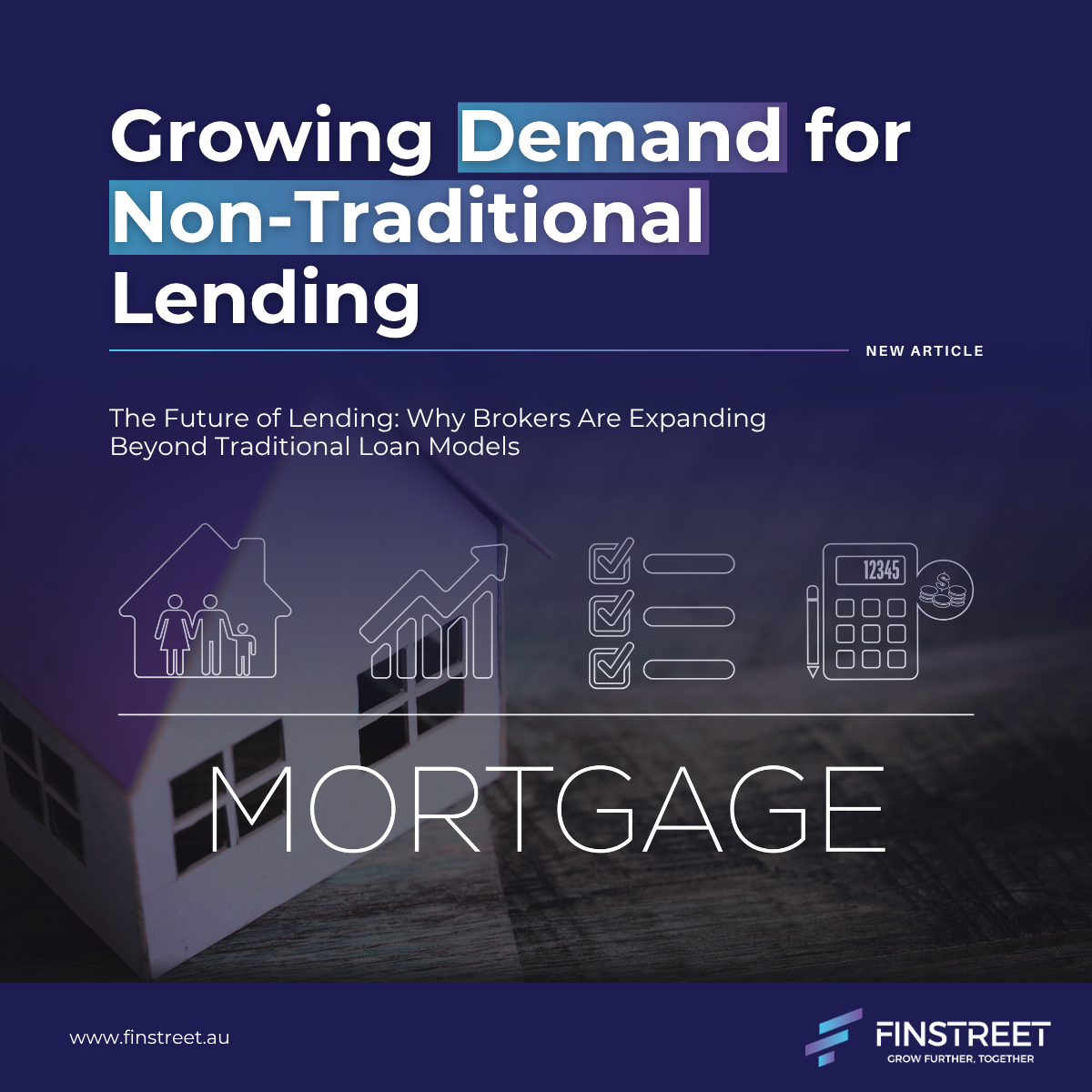09/04/2025
Insightful predictions from a recent article by the adviser on potential impacts of US tariff’s on Australia’s cash rate: Following the recent announcement of global tariffs by US President Donald Trump, there is growing speculation that the Reserve Bank of Australia (RBA) may opt for a significant 50 basis point cut to the cash rate in May. Treasurer Jim Chalmers and various economists have noted the potential for this move, citing the global economic disruptions stemming from the tariffs as a key factor.
The tariffs, including a 10% levy on Australian goods, were unveiled on April 3, 2025. The announcement sent shockwaves through global markets, leading to a recalibration of economic forecasts for Australia. While the direct impact on Australia’s GDP is expected to be minimal, with some estimates predicting a mere 0.15% reduction, the broader concern lies in the potential for a global economic slowdown, particularly in China and Asia. This, in turn, could dampen demand for Australian exports and slow the nation’s expected economic recovery.
In the days following the tariff announcement, the Australian dollar fell below 60 US cents for the first time since the COVID-19 pandemic, though it has since shown some signs of recovery. The currency’s depreciation, coupled with heightened uncertainty about global growth, has led many to predict a substantial cut to the cash rate at the upcoming RBA board meeting on May 20, 2025.
ANZ Bank revised its rate forecast on April 4, suggesting that a 50 basis point cut in May could be on the cards if global sentiment continues to sour and the outlook for global growth worsens. Philip Odonaghoe, an economist at Deutsche Bank, echoed this sentiment, predicting a drop in the official cash rate to 3.6% in May, followed by further reductions to a terminal rate of 3.1 per cent by the end of the year.
The market has responded accordingly, with the ASX Rate Indicator now showing that 96% of market participants expect the cash rate to be reduced to 3.60% in May. This would represent the largest single rate cut in 13 years, dating back to May 2012.
Other economists, including AMP’s chief economist Shane Oliver, have also adjusted their forecasts. Oliver now suggests that the RBA could cut rates more than initially expected. In a report released on April 8, he noted that Trump’s tariffs are likely to impede growth rather than increase inflation, which could prompt additional rate cuts. Previously, Oliver had forecast three more 0.25% rate cuts, but he now anticipates that the RBA may deliver up to five cuts, potentially bringing the cash rate down to 2.85% by early 2026.
HSBC’s Paul Bloxham has also revised his forecast, now predicting a 25 basis point cut in May, followed by three additional cuts in subsequent quarters, which would bring the cash rate to 3.10% by early 2026.
Calls for an Emergency RBA Meeting
While the next scheduled RBA monetary policy meeting is set for May 20, some are urging the central bank to take swift action to address the economic fallout from the tariff announcement. The Australian Greens have called for an emergency meeting, arguing that immediate rate cuts are necessary to counteract the “global economic crisis” triggered by the tariffs.
Greens Economic Justice spokesperson Senator Nick McKim emphasised that the RBA should not delay its response for another six weeks, especially given that the Consumer Price Index (CPI) is already within the RBA’s target range and trending down. McKim pointed out that any delay increases the risk of a recession, which would exacerbate the financial pressures on Australians already grappling with rising living costs.
Government’s Perspective
Federal Treasurer Jim Chalmers acknowledged the growing concerns surrounding the global economy, noting that while Australia is well-positioned to manage the uncertainty, the possibility of a 50 basis point rate cut in May is now a real prospect. In a media briefing on April 8, Chalmers stated that markets are expecting multiple rate cuts over the course of the year, with around four cuts forecast for 2025.
Chalmers’ comments followed the release of revised economic forecasts in the Australian Treasury’s Pre-Election Economic and Fiscal Outlook. The Treasury report highlighted the potential impacts of the new tariffs, noting that while the direct effects on Australia’s economy may be limited, there is significant uncertainty surrounding the broader economic outlook. The tariffs are expected to weigh on international trade, investment, and growth, while also disrupting global supply chains.
The Treasury also pointed out that lower commodity prices and the depreciation of the Australian dollar could further complicate the economic landscape, leading to lower nominal GDP growth and potential revenue shortfalls.
As Australia grapples with the fallout from the US tariffs, there is mounting pressure on the RBA to respond swiftly to support economic growth. While the full impact of the tariffs remains uncertain, it is clear that the global economic landscape is shifting, and the RBA’s decisions in the coming months will play a pivotal role in shaping the country’s recovery. Whether the RBA opts for a 50 basis point cut in May or a series of smaller reductions in the months to come, the central bank’s actions will be crucial in navigating the challenges posed by the global economic disruption.



